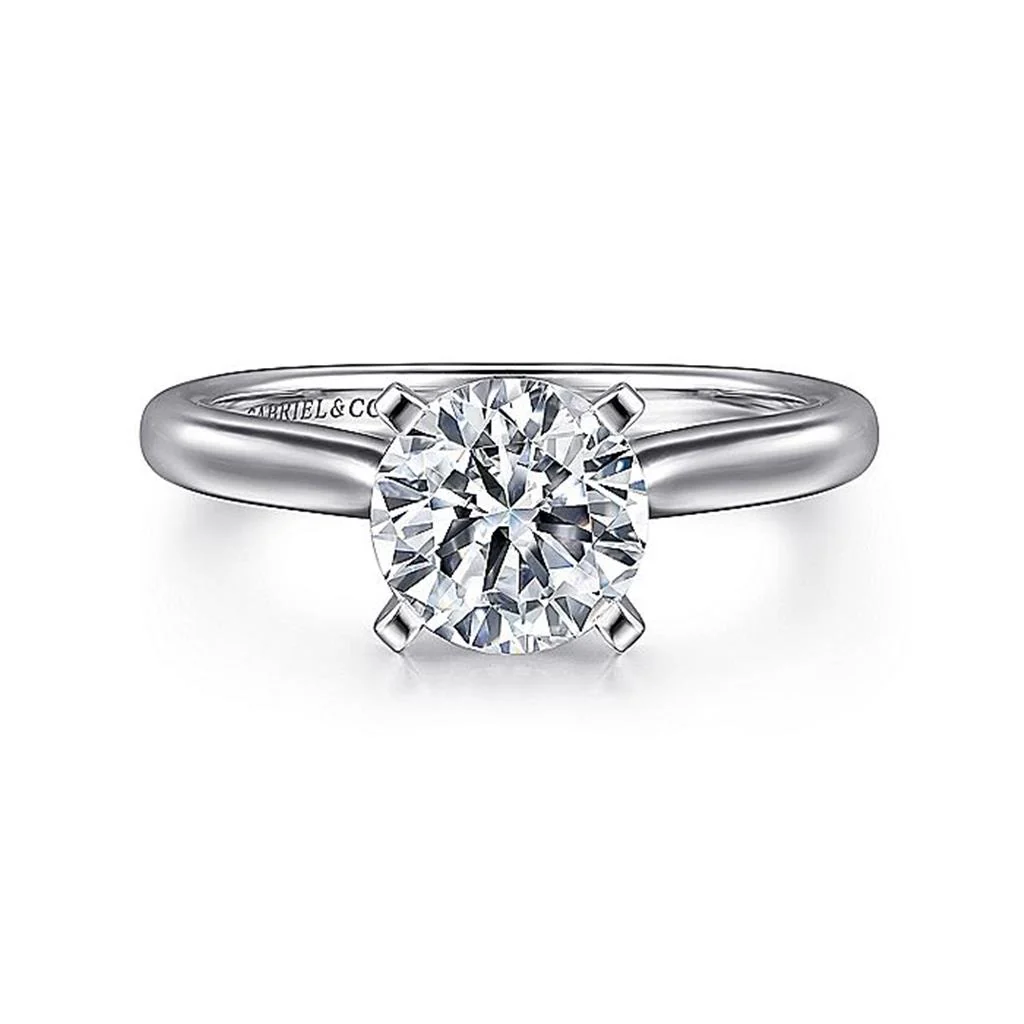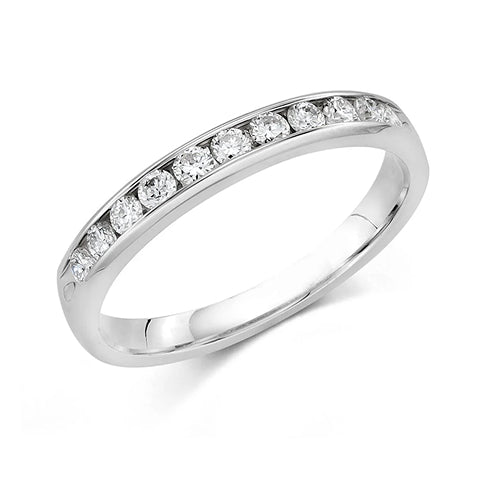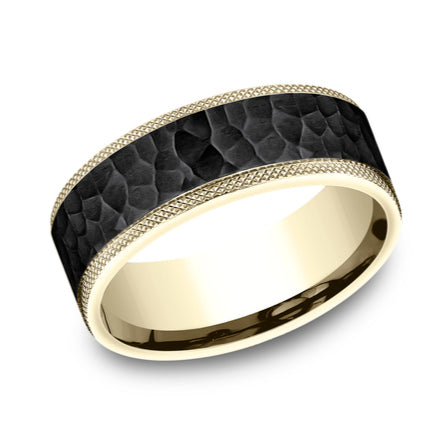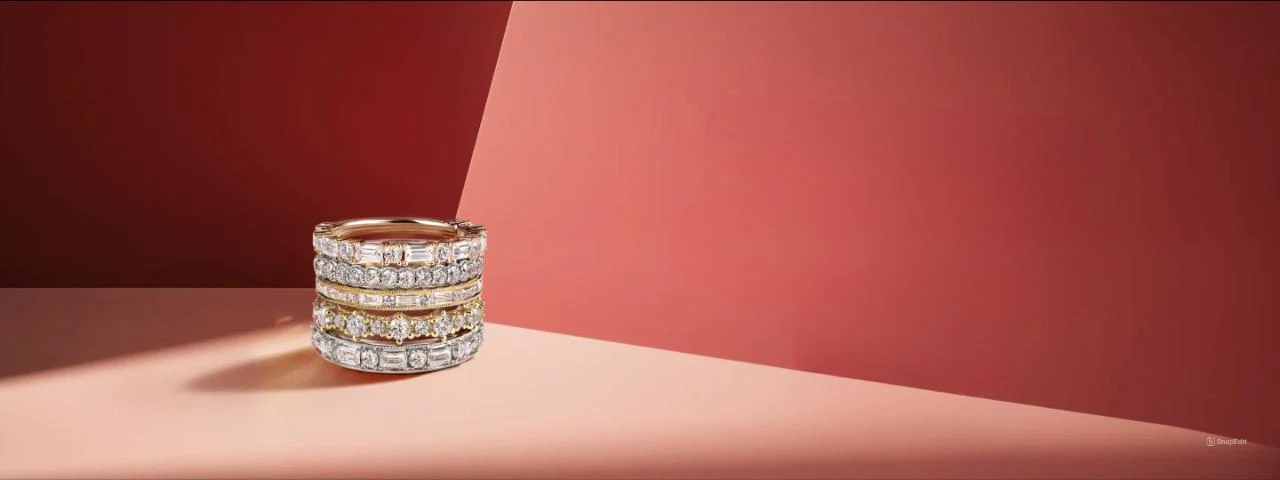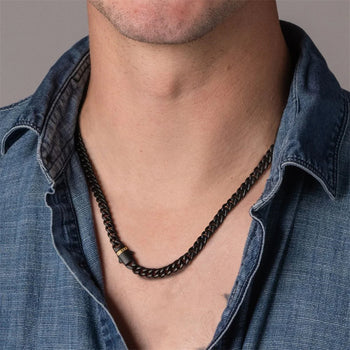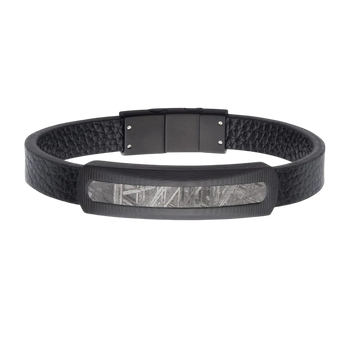
September Birthstone Guide: Sapphire
Sapphire is widely recognized for its stunning violet-blue color, although it appears in a variety of colors ranging from pink to green. With its timeless beauty, high durability, and color options, sapphire birthstones are popular choices for all kinds of jewelry, whether engagement rings, earrings, watches, or otherwise. With a long history across various cultures, sapphire can also carry sentimental value and meaning as the September birthstone and other symbols. Explore a wide selection of sapphire jewelry at Jeweler’s Touch in Brea, California.
The History and Symbolism of Sapphires
Valued by cultures and societies since ancient Greek and Persian civilizations, sapphires have historically been a popular choice for jewelry and other adornments. The name sapphire derives from the Greek word sappheiros, which means “blue stone” — the Greeks used this word for lapis lazuli stones, but sapphires were also mythologically important to and associated with the god Apollo, sorcery, and spiritual enlightenment. Early Buddhism, Hinduism, Christianity, and other religions and cultures have also attached spiritual value to sapphires. Some medieval European societies believed sapphire gemstones had purifying qualities and could heal plague, poisons, and other conditions.
Sapphire has been popular with royalty for centuries, and wearers believed the stone could protect them from envy and infidelity. Modern beliefs also associate the stone with loyalty, sincerity, kindness, and romance, crediting its wear with harmony and affection between lovers. For instance, Princess Diana’s sapphire engagement ring from Prince Charles, inspired by Queen Victoria’s sapphire brooch from 1840, has become one of the most famous sapphire jewelry pieces. It’s since passed on to the successor of the Princess of Wales title, Kate Middleton, as her engagement ring from Prince William.
The symbolism of sapphires continues to evolve, and in modern day they represent varying values and traits depending on context. They’ve been the traditional September birthstone for the last century, although the Zodiac and other calendars also associate it with Gemini and Taurus birthdays, Thursdays, and the number 10. In addition to its popularity as a birthstone, sapphire is often used to celebrate a couple’s 5th and 45th wedding anniversary.
Sapphire Properties and Colors
Sapphires are one of two main varieties of corundum minerals. Sapphire ranks at 9 on the Mohs scale of hardness, making it one scale softer than diamond. Sapphire offers both practical durability and luster that can withstand everyday use and last for a lifetime if properly cared for. Sapphire also doesn’t have cleavage and is less prone to suffering damage from impact than other stones.
Known primarily for rich blue color, sapphires with intense and uniform colors velvety blue to violet-blue typically carry the highest value per carat. Sapphire clarity can be anywhere from transparent to opaque, with transparent stones highly-valued while opaque or translucent sapphire may be purposed into beads or cabochons.
Sapphire derives colors from trace elements, such as chromium, iron, magnesium, copper, and titanium, with the latter primarily creating the classic blue hue. Red hues come from chromium and designate a corundum as ruby. Besides traditional blue sapphire and colorless white sapphire, other hues are known as fancy sapphire. Sapphire color varieties are seemingly endless, but well-known options include:
- Vivid blue sapphire: Highly-valued blue sapphires aren’t too dark or light, featuring instead a vibrant hue of cornflower blue, royal blue, or similar designations.
- Light to medium blue sapphire: Sapphire can range from gray or pastel hues to ceylon or water blues.
- Padparadscha: A rare and unique variety, padparadscha sapphires exhibit a blend of pink and orange that create a sunset-like glow.
- Yellow: Ranging from pale lemon to deep golden, yellow sapphire offers a cheerful accent to jewelry.
- Pink: Ranging from pastel pink to deep magenta or purple, pink sapphire carries high levels of chromium. Intense coloring can make it difficult to distinguish a pink sapphire from a ruby.
- Green: Different from emeralds, green sapphires derive their coloring largely from iron and are an appealing option for distinctive jewelry pieces.
- White: White sapphires lack color and appear similar to diamond, but they sometimes exhibit a cloudy white hue.
Choosing the Perfect Sapphire Jewelry
Many jewelers carry an assortment of sapphire jewelry options, and the perfect piece for you depends on a few considerations:

Color
Color is often the main draw when selecting sapphire. Consider the appeal of the sapphire’s intensity or hue, and consider the visual impact of a classic blue versus alternative colors.
Setting
Sapphire’s durability means it’s suited for many setting types that can highlight the stone’s color and appearance. Prong settings, for example, allow for greater light exposure than others and can emphasize brilliance.
Metal
Sapphire pairs well with a variety of metals, such as gold, platinum, and silver. Consider how the metal can affect the aesthetic of the piece — yellow can emphasize the richness of sapphire, while platinum or similarly cool-toned metals can create a sleek and elegant look.
Cut
Select a cut that can maximize the sparkle of sapphire while matching the jewelry piece’s overall style. Oval, round, emerald, and cushion cuts help reflect light and showcase the birthstone’s beauty and luster.
Caring for Your Sapphire Jewelry
Sapphire is durable and can tolerate most jewelry settings and everyday wear, but proper sapphire care and cleaning are essential to help keep your jewelry sparkling. Regular gentle brushing with a soft toothbrush and warm and soapy water can minimize debris buildup within the setting or on the stone. Depending on use and wear, schedule a professional deep clean from an expert jeweler about every six months.
When not in use, store your sapphire jewelry separately from other pieces — diamond can scratch sapphire, and sapphire can scratch most other stones. Soft pouches or separating compartments in a jewelry box are ideal.
Contact Jeweler’s Touch
Located in Brea, California, Jeweler’s Touch is family-owned and operated and known for providing expert jeweler services. Our selection of jewelry includes both popular lines and customized and handcrafted pieces, and our customers can choose from a variety of sapphire, diamonds, other gemstones, and premium precious metals.
Take advantage of flexible financing and other advantages. Learn how Jeweler's Touch can assist you with finding your perfect engagement ring, wedding band, and other fine jewelry — contact us today.
Frequently Asked Questions
Where are sapphires sourced from?
Sapphire is sourced from many locations around the world, including Sri Lanka, Kashmir in India, Myanmar, Thailand, Australia, Madagascar, Cambodia, and the United States. Each source provides varying colors, qualities, and other characteristics of sapphire.
What are some gift ideas for someone with a September birthday?
Sapphire jewelry is a thoughtful and sentimental gift for September birthdays. Consider customized birthstone rings, watches, rings, or other fine jewelry.
- Tags: All Birthstone Guide

